IPEM Cannes 2024 – The Daily Spin – January, 25th
The shifting role of LPs was the overarching theme for the morning session of Day 2, at the 10th edition of IPEM in Cannes. After a full day of yoga,…
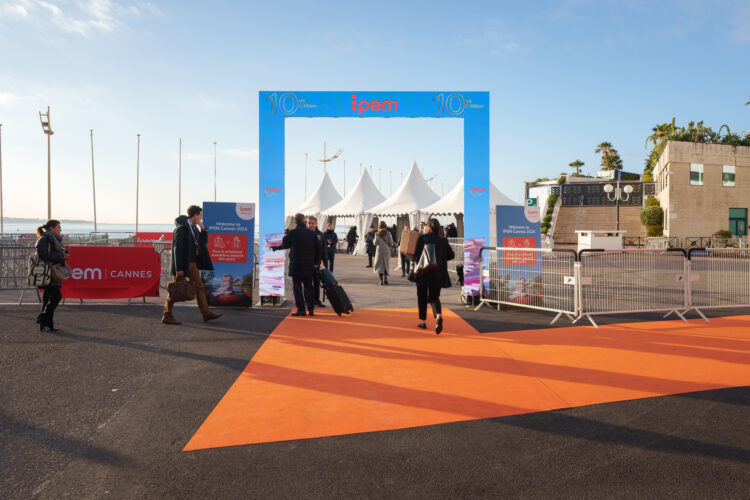
Find below the full Photo Gallery of DAY 1
Find below all the TV Studio Interviews of DAY 1
Rays of hope shine on Europe’s deal landscape
After the general malaise of 2023, Europe’s Private Market industry is starting to find its mojo again. There was, undoubtedly, a growing sense of optimism among GPs and LPs during the morning session on Day 1 of the 10th edition of IPEM in Cannes.
With getting deals done as the overarching theme of this year’s edition, the advice offered by Bertrand Rambaud, Chairman, France Invest, was simply this: “Be patient. We are in a long-term cycle. The deal market will speed up when valuation expectations converge.”
The last decade was a period of consistent growth for European private equity. But markets change, and while 2023 was a pretty obvious slowdown in terms of deal activity, the market is far from frozen. It is merely a blip. “My conviction is investments and exits will accelerate this year. But fundraising will remain difficult,” suggested Rambaud.
Findings from the IPEM Private Equity Pan-European Survey 2024 revealed that 86% of GPs expect 2024 to be a good year for dealmaking, while 56% expect to see a stronger exit market. In a sign that the exit landscape is evolving, as GPs look for alternative options to return LP capital, one-third of GPs (34%) expect to use continuation funds.
As PE firms look to re-energize their dealmaking efforts, 62% plan to proactively reach out to CEOs and business owners in 2024.
As the industry has adjusted to higher rates over the last two years, it has led to a widening out of the bid: ask spread between buyers and sellers. This divergence has been driven by the fact that asset owners have been unwilling to consider a mark to market, while asset acquirers have sought greater valuation discounts. This has gummed up the deal pipeline and led to a drop-off in exit activity.
It has also led to a bar-bell marketplace. High-quality asset transactions on one side, and forced sellers on the other: it is the middle space in which the deal gears need to start turning.
Hopefully, this might change in 2024.
“The key today is ‘flexible capital’,” said Stephane Etroy, Partner and Head of European Private Equity at Ares Management, speaking on the panel “Taking the temperature of private markets”.
According to Mark McDonald, Managing Director, Brookfield Asset Management, GPs in the middle market who have been unable to create value will drive some of the industry shakeouts and could create a number of ‘zombie funds’. As people’s buying and selling expectations adjust, I think 2024 will be a good vintage.”
“I do think there will be more consolidation. It’ll take time for this ecosystem to regain velocity,” said Michael Elio, Partner, Stepstone Group. He added: “There are three times as many continuation vehicles as there is demand. LPs are looking at CVs as a liquidity solution and it is the one area where transactions are happening in a meaningful way.”
Speaking on a fireside discussion, “Getting creative with deal sourcing strategies”, Andrew Stillitoe, Partner and co-CEO, Apax, spoke about deal opportunities, emphasizing the point that post-GFC, one of the key lessons was to focus on the entry multiple; the correlation of expected IRR and actual IRR tends to zero. “Our approach is to invest in sectors through the cycle. We’ve made five investments over the last few months,” he said.
2022 was a record year for Apax in terms of exits. As a result, there is less pressure from its LPs to sell in the current market although Stillitoe said: “Markets are improving and I think in the back half of 2024 we’ll see more distributions going back to investors.”
Corporate carve-outs have been a successful strategy, where Stillitoe continues to see the deal flow. Speaking on the panel, “How to achieve a successful exit”, Thomas Vatier, Partner, Head of Direct Private Equity, Quilvest Capital Partners, suggested that as GPs explore their exit options, the fact that there is now a more stable rate environment could mean that the gap between buyers and sellers “should narrow in the near term”. This could help precipitate more deal activity and benefit companies in stable sectors (medical/healthcare) where access to alternative financing (as banks retrench) is likely to be available.
“Financing markets have improved in the US. I see a trend to old school private equity: less leverage, more operational improvements, and thoughtful thesis development,” said Ryan Mashinter, Senior Managing Director, Oncap.
Panelists throughout the morning made the point that all sponsors, no matter how big or small, need to be thoughtful about exits further in advance and develop more curated processes. Continuation vehicles are one area of creativity but there is an array of tools – NAV financing, IPOs, strategic trade partners, selling minority stakes. Ultimately, GPs have to do proper planning to pick the right tool. On the minority stakes points, Vatier said this was something more GPs are considering, in situations where they want to still hold on to assets and are looking for ways to return liquidity to their investors.
“The liquidity is going to come fast and furious, but it will be in spots; NAV loan financing, sponsor-to-sponsor deals, CVs, IPOs. We don’t use NAV financing. You’re embedding a cost and a risk in the portfolio which you will suffer from if the cycle turns,” explained Andrea Bonomi, Chairman, Invest Industrial.
The overwhelming sentiment throughout the morning was that the industry was now at a turning point. How well fund managers adapt to the new environment, will likely determine the extent of GP consolidation over the coming years.
Speaking on the “Serial acquirer’s playbook”, Laurent Mignon, Group CEO of listed company Wendel Group, spoke about the decision to pursue a deal to build a third-party asset management platform. Wendel announced this back in October 2023 when it acquired a controlling stake in IK Partners, a leading European mid-market buyout firm.
“When we think about making a partnership there has to be an alignment of interests with LPs. We want to build a multi-boutique platform. We are the controlling shareholder of IK but the IK management team has a lot of autonomy,” said Mignon. He emphasized the importance of cultural fit and explained, “the value we bring is the ability for the GP to build a sustainable business by helping with our permanent capital base, creating a platform that helps them invest and where necessary, mutualize initiatives like retail distribution, back-office operations, etc.”
Wendel, with its advantage of being a family firm with permanent capital, will look at other private market asset classes as it targets further acquisitions. The aim will be to have a multi-asset class platform of like-minded GPs. “We don’t interfere with what they do best, which is invest money. We do synergies,” he said.
Obviously, getting deals done also relies on finding the right finance partners. In this respect, private credit will continue to rise in prominence in Europe and develop an even closer relationship with fund sponsors. “So long as private credit is pragmatic I think the penetration will continue to grow,” commented Amit Bahri, Co-head of European Direct Lending, Goldman Sachs Asset Management on the panel session, “Where’s the equilibrium in the financing market?”
He said that nearly 70% of its investments last year were completed in Q4. “We saw a lot of sponsor-to-sponsor deals being done for the first time in a while. As GPs are incentivized to transact, managers with 2020 vintages are becoming motivated sellers,” said Bahri, noting there was a healthy mix of LBO and refinancing opportunities in its portfolio.
Carmen Alonso, Head of UK and Iberia at Tikehau Capital, pointed out that the market fundamentals for private credit are favorable today, with lenders benefiting from stronger credits coming to market and lower leverage. “The mood is optimistic. Inflation has come down and there’s more visibility on interest rates. This will facilitate people getting more comfortable selling businesses.”
Summit insights
The morning session also played host to two summit sessions focused on Tech & Software, and Infrastructure, as delegates continued to explore the emerging themes in European deal markets.
Within European technology, the industry is at a crossroads. Traditionally, GPs have been more generalized than their American peers. The time is now right for European GPs to pivot into more specific industry and sector profiles. This will enable GPs to catch up in terms of specialization, relative to the US, especially in the middle market.
During the session, experts discussed why change management, governance, and implementing playbooks will be important in becoming effective shareholders. The shift now is to go from growth at all costs to growth for profit. Moreover, LPs want exits. More M&A activity is needed, but slightly better multiples are also needed.
Term sheets have not really changed given the current market situation. According to panel speakers, they remain pretty solid, and changing them dramatically would probably bite further down the road. Still, from a VC investor perspective, as they think about longer runways there is a growing importance to pick winners from the get-go; as far as possible. Higher interest rates mean burning through capital is far riskier.
Another point to come out of the summit was the fact that there is greater support in the US from endowments and pension funds, while in Europe support comes from semi-governmental organizations. This means different focus and demand. Currently, Europe is far more focused on impact investing. There is also no clear pressure from LPs to invest in AI deals. Most of the panelists confirmed they did fewer deals than normal in 2023. But the pressure to find exits remains.
During the Infrastructure Summit, Christoph Bruguier, Senior Investment Director, Vauban Infrastructure Partners explained that “2023 has been a slowdown year for the infrastructure market that has resisted much better than the rest of the market in terms of deal activity.”
High-interest rates and high inflation meant that infrastructure headed with purpose into energy transition assets. Fibre networks, towers, transportation, and logistics assets have been the focus of European investors. However, investors have been quite selective with asset choice and a lack of transactions in the market has stymied DPI levels.
Some of the fundamental megatrends in the industry discussed at the summit included decarbonization, digitalization, and electrification. The race to renewables also presents opportunities in biogas, e-fuels, and electric vehicles. Energy transition and storage are expected to be exciting topics for 2024 as investors look at the M&A landscape. Supply chains and how they are managed will be critical. Any risk of cost overrun can have an adverse impact on infrastructure asset valuations.
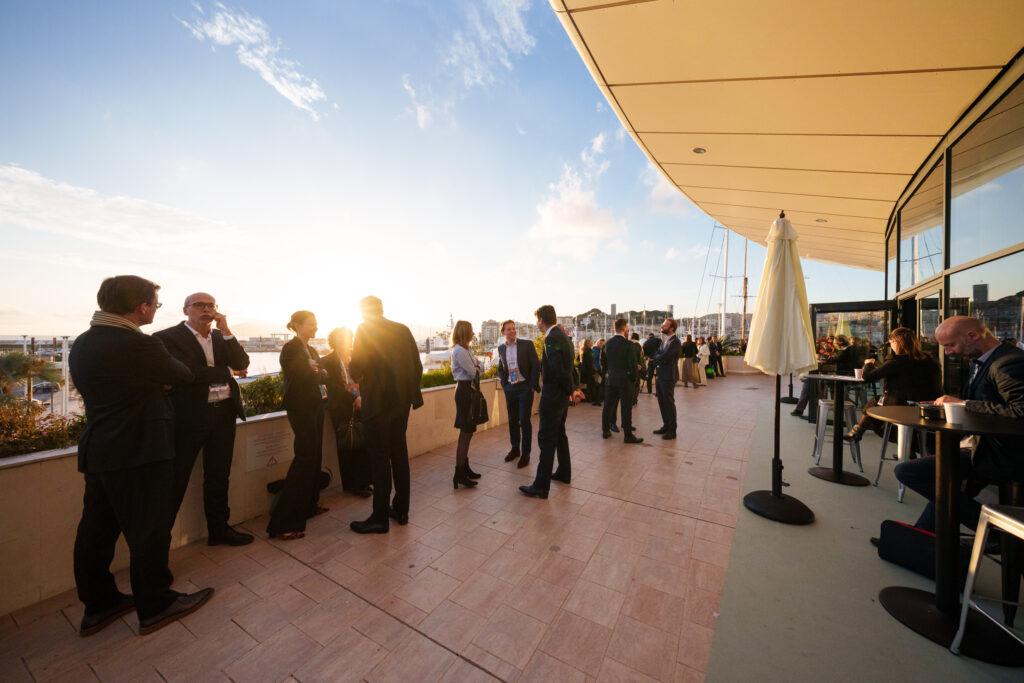
Deal insights show Europe remains vibrant
The 10th edition of IPEM saw thousands of delegates enjoy a mix of eating, drinking, networking, and sharing ideas during a packed lunch session that reflected the sunny, balmy climate of the French Riviera. It was a feel-good affair, as deal discussions zipped back and forth with a palpable sense of anticipation of what could lie ahead for 2024.
That energy carried through into the afternoon session on Day 1, where panelists discussed the deal landscape across Europe. One area of deal activity that is seemingly on the rise is growth capital as European late-stage companies look to close the funding gap as they seek to internalize their business operations. Growth capital investment totaled EUR8 billion in 2022; a modest figure, but as Helen Steers, Partner, Pantheon, pointed out, that is still a 10-fold increase since 2013. And with so much technological innovation coming out of Europe, there should be no shortage of attractive deals over the next decade.
“We target a 3x or 4x return when we invest in growth capital funds,” Steers said, on the panel, “Investing in the different shades of European growth capital”. “We have companies in our fund portfolios that have been financed at multiple stages, which has increased their value,” said Steers, adding that on average, these funds return capital more quickly than VC funds; approximately four years.
Christian Resch, Partner, Goldman Sachs Asset Management, explained that the amount of capital and depth of the ecosystem from Series B funding onwards, “looks very interesting”. “We want to take companies global. Our platform has the ability to affect change and build lasting companies.”
Downside protection really matters, especially in today’s higher-rate environment. This means getting comfortable with companies that have a real chance to scale and can use capital efficiently without burning through their cash runway too quickly. This has led investors like Bregal Milestone to take a considered, sector-focused approach to majority and minority investments in companies where they feel best able to make operational improvements over three to five years. “We put a highly focused value creation plan in place over the first 12 months, which expands over two to three years and our target returns are 3x,” explained Jan Bruennler, Managing Partner at Bregal.
This opens up the exit route, with IPOs less of a concern. Indeed, rather than rely on the IPO market, which is still stuck in the doldrums, firms like Bregal Milestone look for strategic trade buyers. Also, as they typically cash-generative businesses at exit, they attract PE buyout funds too. “It’s a combination. We have a have 0.86 DPI,” added Bruennler.
On the DPI point, Steers emphasized the need for distributions as LPs look to recycle capital into new investments. “Almost half the exits in our funds have been to strategic trade partners. Only 10% of our exits have had an IPO,” she said.
There is certainly a sense of optimism, with investors confident on the outlook for 2024 and 2025 fund vintages. While sourcing in Europe is arguably more complicated, given the patchwork nature of the continent compared to the US, it creates unique opportunities.
“The purpose of our industry is to select and back industry champions who can de-correlate from the broader macro environment, which may stay volatile for a while given the geopolitical conditions,” remarked Christophe Baviere, Co-CEO, Eurazeo. In an illuminating fireside discussion, “Harder, better, faster, stronger”, Baviere confirmed that the house view is one of cautious optimism in 2024. Exits are taking longer but this is no more than “jet lag”.
On the harder element, he stressed that buyout shops used to be able to flex their financial muscles to access the best opportunities. What has changed today, in Baviere’s view, is that the industry has matured, competition is greater, and to differentiate and get access to the best deals, you have to offer more than capital to add value and accelerate business growth.
Mid-market is better
“We concentrate on Europe, which is a unique landscape of mid-market investment opportunities,” explained Baviere, where one can find a lot of hidden champions with strong local leadership and good niche strategies.
One of Europe’s strengths, from a deal perspective, is that it has an incredibly deep investment universe in which to seek out companies to accelerate transformation. Who is financing these companies, however, is a key component of future success. Those backed by strong PE sponsors and private debt sponsors will fare better than those with smaller and more limited financial support.
Pan-European platforms like Eurazeo are becoming increasingly important to institutional investors, as they look for a one-stop shop. Those firms who find themselves stuck in the middle – neither a pan-European platform nor a sector specialist per se – might find it a more challenging deal environment in which to succeed. After all, the age of cheap capital is disappearing over the horizon.
As GPs assess the deal landscape, corporate carve-outs remain a viable option. While regarded as an asset class in the US, this is not yet the case in Europe. Funds that look to successfully execute carve-outs are often highly specialized. Done well, carve-outs generate values above plain vanilla LBO transactions.
In the lower middle-market space, Syntagma Capital sees plenty of deployment opportunities, having completed three deals last year alone – and some 25 deals over the last two decades. These tend to be for strategic reasons, where a corporate entity decides to offload non-core assets, whether for working capital reasons or performance reasons.
“Carve-outs are all about unlocking value for the buyer,” said Sebastien Kiekert le Moult, Managing Partner, Syntagma Capital.
For corporates who go down this path, they want to ensure that the separation of activities is not disruptive and that the transaction will be completed. “You want to take care of the antitrust risk and obviously selling to a fund takes a lot of that risk away,” said Saam Golshani, Partner, White & Case, who spoke on the panel “Carve-outs and corporate strategies”.
Secondly, one has to ensure there is no change in the buyer’s appetite for the asset. When this involves corporates on both sides of the deal, the change of ownership might prompt an activist shareholder to question the transaction, believing it makes no sense, thus raising the risks of a completion. It’s very hard to manage a process such a process.
With corporate to sponsor deals, “there’s never conflict because we’re just here to deliver a deal,” said Jean-Luc Allavena, Chairman and Founder, Atlantys Investors,
Good corporates prepare management in advance of potential carve-outs but the panel discussed situations where management was left in the dark and it was the role of the sponsor to help them become a standalone management team. This is more so the case in the middle market, where up to half of an existing management team might get replaced.
Allavena thinks 2024 should be a good year. Valuations are down and this should make it better to finance deals. In times of uncertainty, people need solutions, which should augur well for further carve-out activity.
Inside Europe’s deal landscape
The focus of the afternoon then shifted to discussing the deal landscape across European countries, including France, the UK, Benelux, Spain, and Italy.
“People’s minds are changing and they are demanding more,” said Yann Lagalaye, Head of Ecological Transition and Impact at BNP Paribas Asset Management’s private assets division. She confirmed the firm has dedicated EUR500 million to its impact vertical, as France’s impact market continues to mature. The impact generated by firms needs to be clear and go beyond mission statements. It was felt during the discussion that impact shouldn’t be categorized as a nice strategy but seen as fundamental to investing, with ESG at the heart of the strategy. A firm’s financial track record should go hand in hand with its impact track record. Also, as France’s impact market grows, and becomes more mainstream, impact KPIs need to be reflected and embedded at exit.
The UK’s deal landscape for 2024 is supported by the country’s access to talent, technology, and infrastructure. The fact that inflation is coming down more quickly than anticipated is also a potential tailwind to consider. Kirsty McDonald, Partner, Growth Capital Partners, shared insights on UK businesses being concerned with how fund sponsors will help them post transaction, where value creation is demanded. She also said UK technology is still seeing high valuations.
“Choosing managers to partner with is key,” said Kathryn Pothier, Founding Partner, Epiris. She said UK LPs have confidence in the UK market and that the UK is an essential diversification market for investors abroad. There is, she said, more capital being sought than capital availability.
Further insights were shared on Italy, where the vast majority of companies are family-owned, offering buy and build opportunities for the savvy dealmaker. Moreover, Italy has a friendly and agile regulatory environment that supports the emergence of private debt.
In Spain, 2023 saw a slowdown in deal flow but this is a mature market, and large enough to still get deals done. There is growing interest among mid-market firms from other countries to come and invest in Spain, which is home to international businesses and a range of different industries investors don’t get exposed to elsewhere in the EU. While Spain was, in the past, looked down on by international investors, this is now changing.
Summit Sessions recap
During the afternoon IPEM delegates were given the opportunity to listen to a range of discussions on deal innovation and portfolio transformation. As GPs look to innovate their deal process, they have to consider trends such as:
– Digitization of the economy
– Tech advancement
– Generative AI
– Rising interest rates
As they take in more data to analyze target companies, they need to evaluate granular company data to determine performance. Is the company equipped to scale and unleash the potential of digital tools from a valuation perspective? Being able to exploit data will rely on having the best talent to ensure the company is able to transform.
During the data innovation summit, the majority of attendees believed that data-driven decision-making was becoming more important. Some of the potential problems that were highlighted included:
– Data silos: Make for a lot of inefficiencies or even different outcomes because data is stored differently or isn’t available for everyone.
– Data quality and integrity and inefficient data management.
– Compliance & privacy risks.
– Missed opportunities. Often the data science team is not empowered.
Organizational governance, culture and mindset, data management, and having a technology stack were cited as critical elements of data-driven decision-making. Leveraging AI and data in combination with human capabilities can lead to powerful and more efficient deal-sourcing capabilities.
Thank you to all IPEM Cannes 2024 Sponsors! 🏆

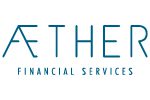

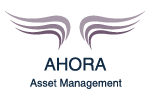
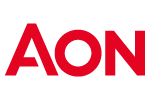

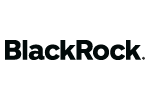
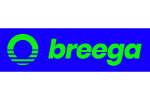
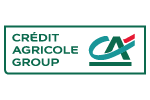
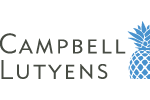
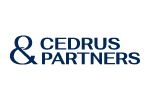
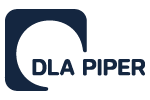
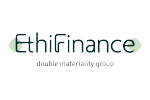
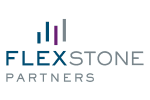
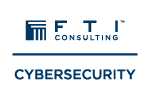

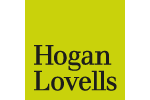
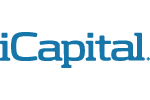
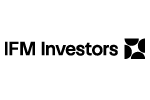
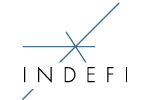

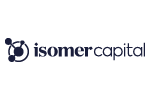
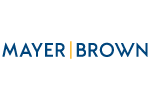
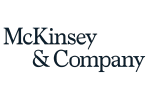
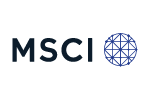
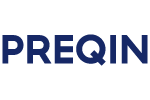

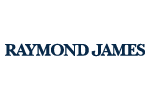
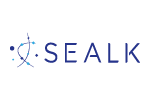
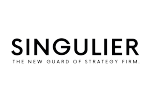
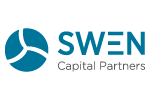
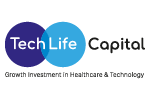
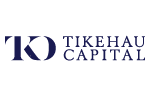
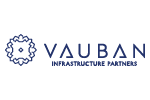
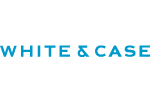
IPEM Knowledge Partners! 🏆
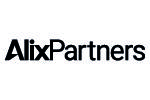
IPEM Industry Supporters! 🏆
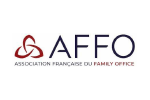
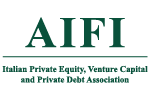

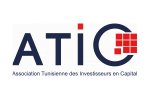

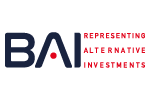
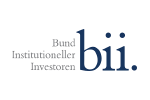
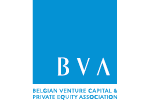
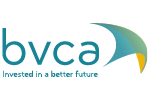
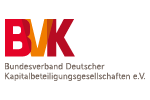
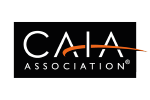
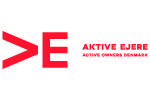
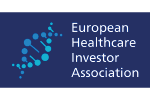
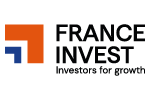

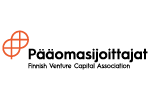
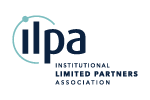
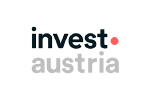

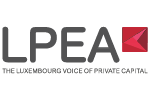


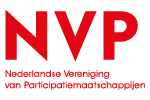
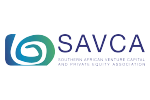
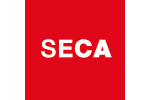


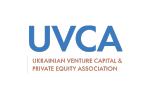
And IPEM Media Supporters! 🏆
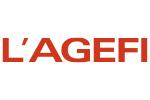




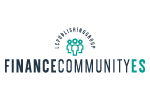
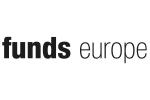
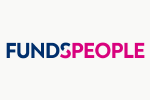




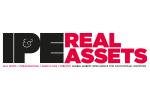
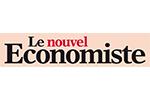
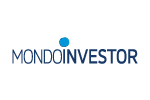
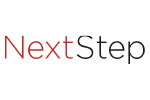

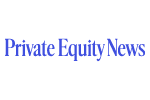
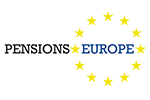

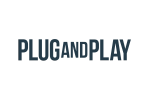
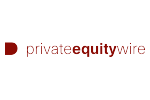



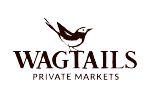

The shifting role of LPs was the overarching theme for the morning session of Day 2, at the 10th edition of IPEM in Cannes. After a full day of yoga,…
Fill-in the information below to submit your event.
Fill in the information below to download the Survey.
Fill in the information below to download the Product Catalog.
Fill in the information below to download the Investor Package.
Fill in the information below to register as a journalist.
Fill in the information below to download the Factsheet.
Fill in the information below to download the Product Catalog.
Fill in the information below to download the list of firms.
Fill in the information below to download the LP Package.
Fill in the information below to download the Factsheet.
Fill in the information below to download the Wealth Discovery Package.
Fill in the information below to download the IPEM Playbook – Navigating the Wealth Revolution.
Fill in the information below to download the Factsheet.
Fill in the information below to download the Full Report.
Fill in the information below to download the Product Catalog.
Fill in the information below to download the IPEM LP Package 2025.
Fill in the information below to download the Program.